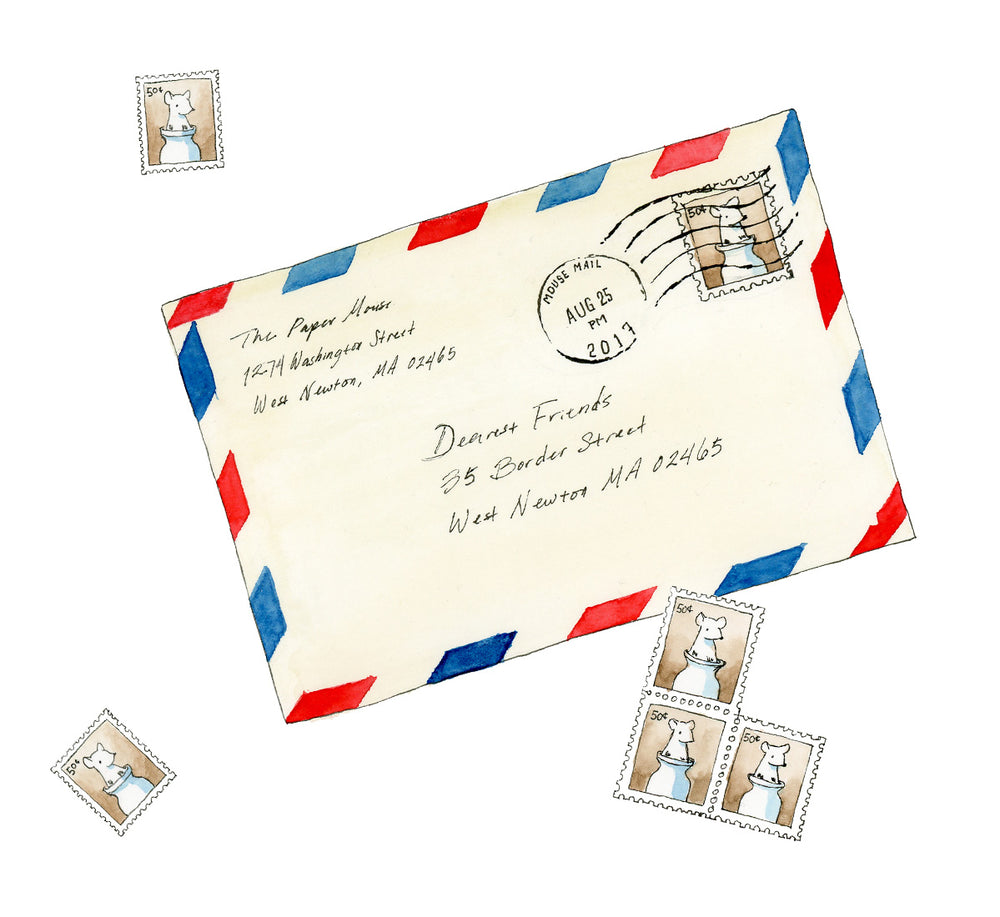Keeping a Commonplace Book

Do you ever find yourself struggling to recall a quotation or a poem that spoke to you, remember where you put some useful instructions, or repeat a bit of helpful advice you heard? Organizing and retaining our knowledge is an age-old human problem, and we’re still looking for answers in our modern world, as evidenced by the abundance of planners, notebooks, bookmarking apps, and digital organizing tools available to us. But there’s a very old organization system that can teach us a lot about how to compile and remember information: commonplace books.
With roots in the Roman era and in medieval European religious anthologies, commonplace books became popular in Renaissance Europe and flourished through the early twentieth century. At its core, a commonplace book is simply a collection of information for our personal perusal: a place to record notable quotations, aphorisms, letters, poems, and frequently referenced information.
Unlike a journal, which is chronological and usually contains personal reflections, a commonplace book is a compilation of external information that speaks to us, written down as we come across it. And unlike a notebook that you keep for a class or for a job, it usually covers multiple subjects, bound together by the thread of our personal interests.
What to write in a commonplace book
The beautiful thing about commonplace books is that they’re a reflection of the creator - no two will be alike, because they reflect the variety of things that we personally find meaningful or beautiful. You can use it to record anything that interests you: recipes, technical instructions or measurements that you refer back to frequently, inspiration for a hobby, song lyrics that move you, quotations from books that strike you, funny jokes, or pieces of wisdom: anything you want to remember and reference.
Throughout history, the information noted down in commonplace books has reflected different concerns of the times: religion, ethics, literature, philosophy, law, science, and much more. Each book is a unique product of the writer’s varied interests, collected into one personalized point of reference.
Creating a commonplace book
The traditional method of commonplacing simply requires a notebook. To create your own, you can either divide the notebook into sections by topic and add to each section over time, or you can add all new material to the main body of the notebook, and organize the subjects by creating an index. If you know you have a few specific topics you’d like to include, then dividing up your notebook in advance may help you keep things tidy. But if you don’t want to limit yourself to a set number of subjects, then indexing is the way to go.
In “A New Method of Making Common-Place-Books,” English philosopher John Locke lays out one organization method: Create an alphabetical index at the beginning of your book, with sections for each letter further subdivided by vowels. On each page of your notebook, reserve a margin where you will write a subject heading for each entry you make (e.g. “Poetry”). Each time you add to your notebook, enter the page number for the relevant subject heading under the correct letter in your index.
You may find an indexing method that feels better for you; there’s no wrong way to organize your book, as long as you can find the information you’re looking for. In fact, a commonplace book doesn’t have to be a book at all. A more modern method of commonplacing is to write information onto index cards, then file them by topic in a card file. You could also write on loose sheets of paper and then organize them by subject in a binder. Your commonplace book could even be a digital document. The important thing is to have a system that’s not too cumbersome, so you’ll actually use it.
Ready to start your own commonplace book? Here are a few tools that might come in handy:
Book darts help you mark passages while you read: you just slide them onto the edge of the page, pointing toward the sentence or paragraph you want to remember. They’re great for collecting information to record in your commonplace book later.
You can organize your commonplace book by subject in any ordinary notebook. These slip-on index tabs are very handy for quickly finding a section or flipping back to your index.
The popular Hobonichi planner has an unusual index that makes it a surprisingly good commonplace book. Check out our blog post about how to use the Hobonichi for commonplacing.
Leuchtturm1917 notebooks have numbered pages and a blank table of contents, which makes indexing your commonplace book much easier.
Traveler’s notebooks can hold multiple booklets at once, giving you lots of flexibility for a commonplace book. You could keep separate notebooks for different topics, use one booklet for an ongoing index, and even select different rulings for different kinds of subject matter - and you can keep adding to the collection, so you’ll never run out of pages.
Surprisingly, a photo album makes a great commonplace book. You can write new information onto index cards, then slide them into the photo sleeves and move them around to organize by subject.
Read our second post, Using the Hobonichi Planner as a Commonplace Book, here.
Read our third post, How to Turn Any Notebook into a Commonplace Book, here.









Thank you so much for this article! I was looking for ways to fill up some old notebooks that I didn’t complete and I have decided to start a commonplace notebook!
None other than Thomas Jefferson kept a commonplace book: https://press.princeton.edu/books/ebook/9780691193724/jeffersons-legal-commonplace-book
My commonplace book is an A6, Hobonichi notebook I keep in my back pocket. With my kaweco Lilliput always inked up & at on my hip, I’m always ready to jot down memories.
Wanted to compliment you on your commonplace book article, I recently linked to it from my newsletter called How About This!
Leave a comment